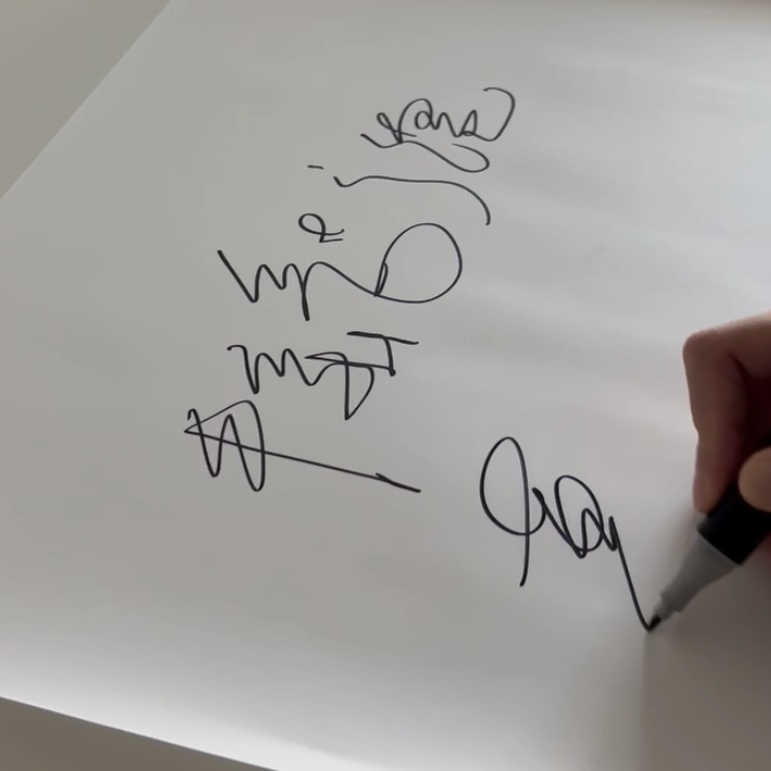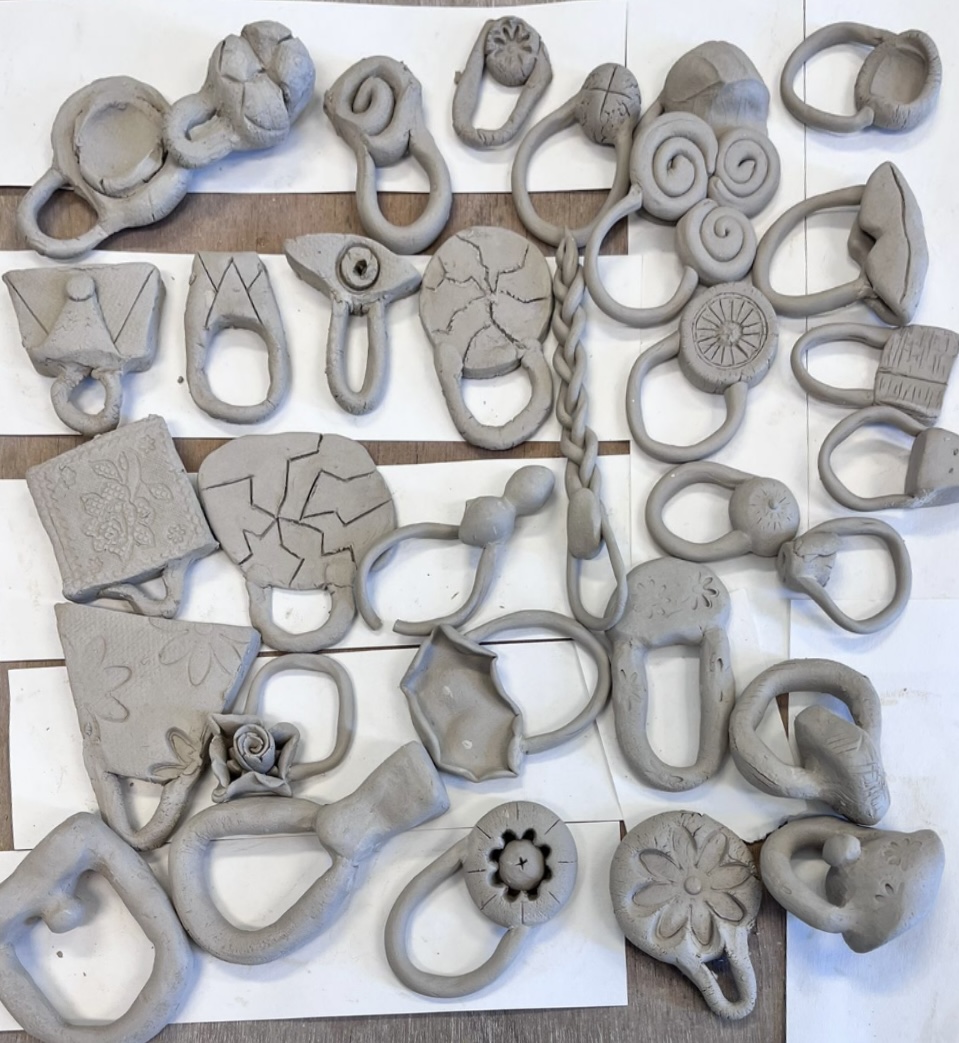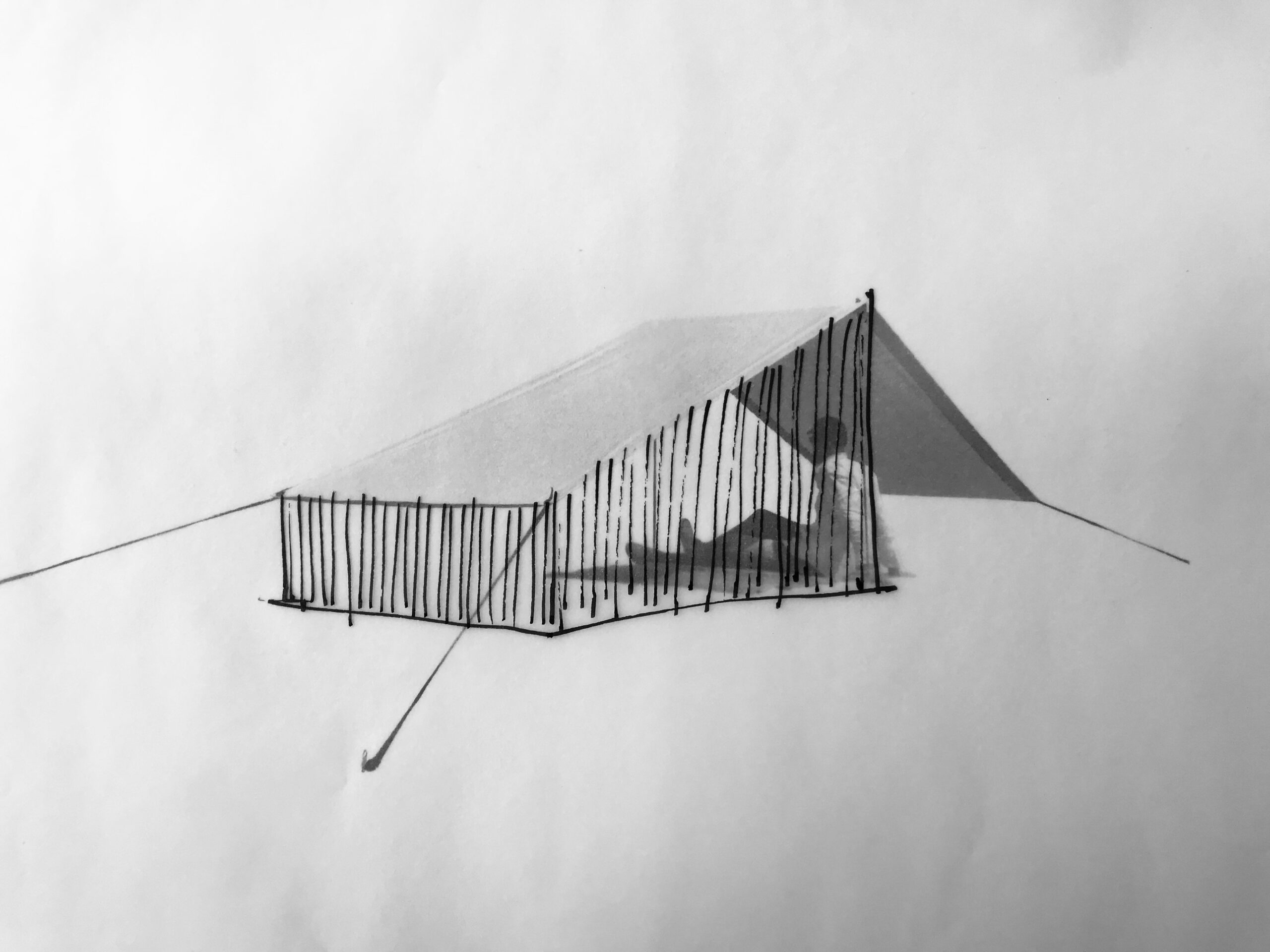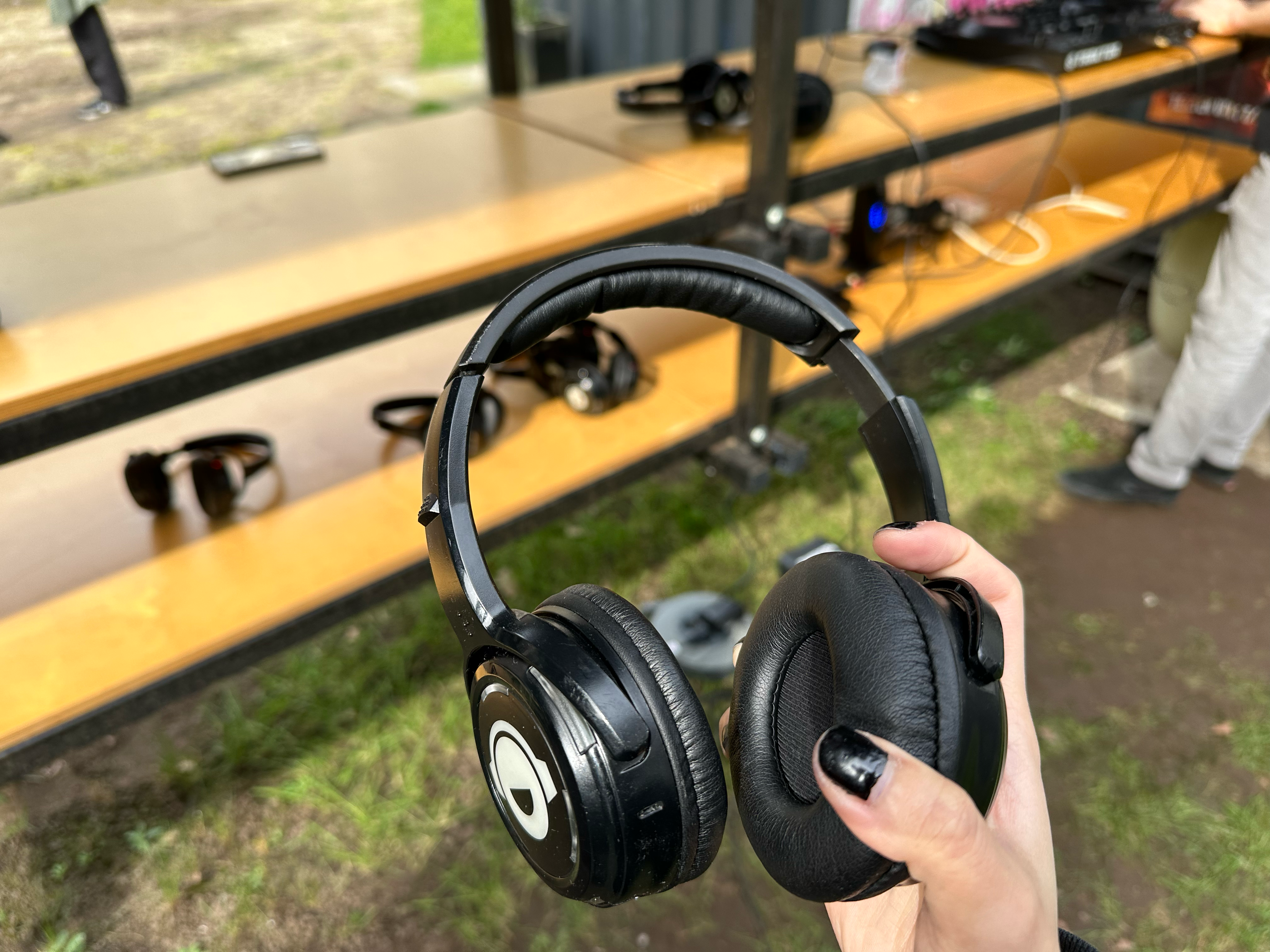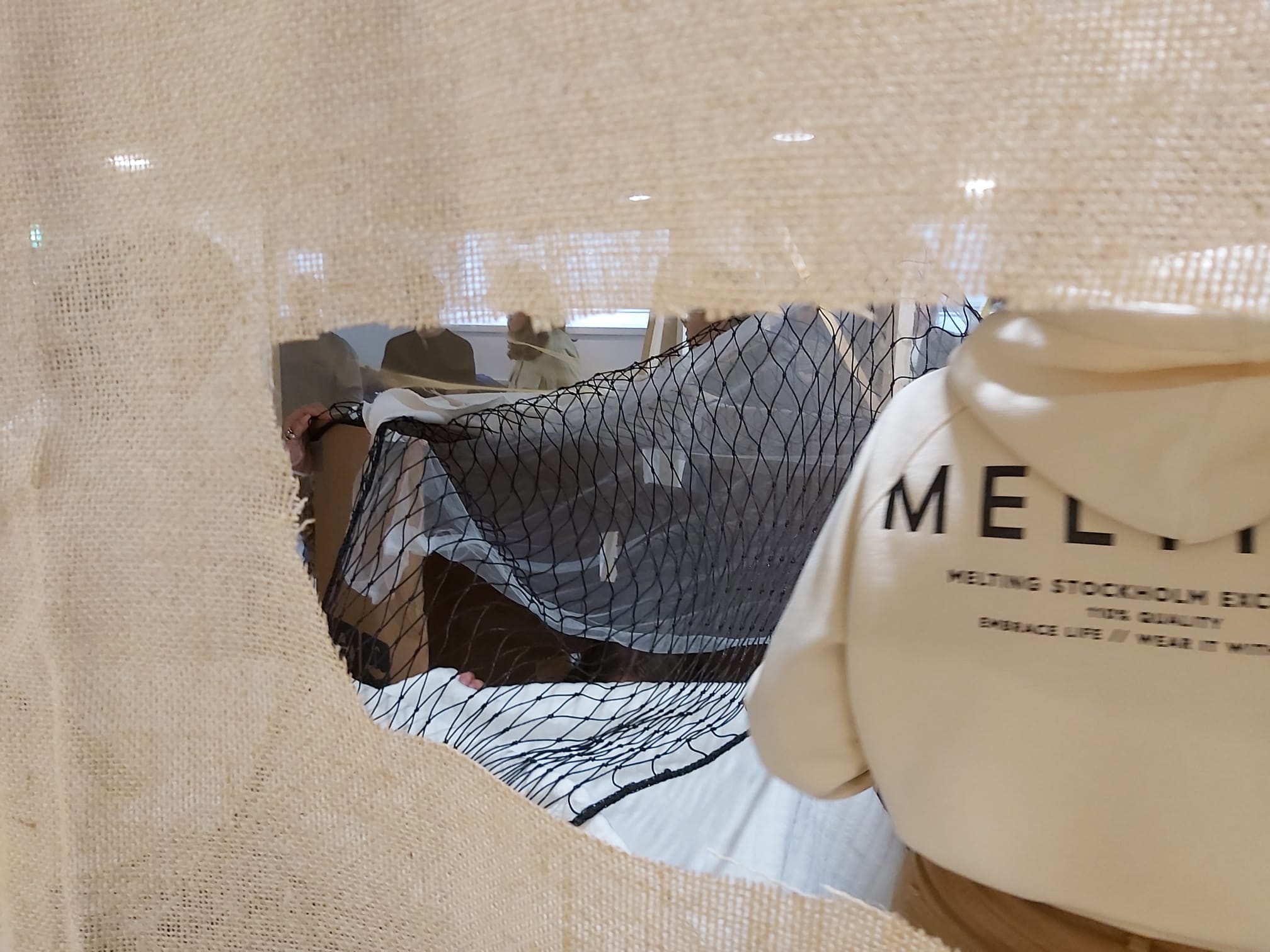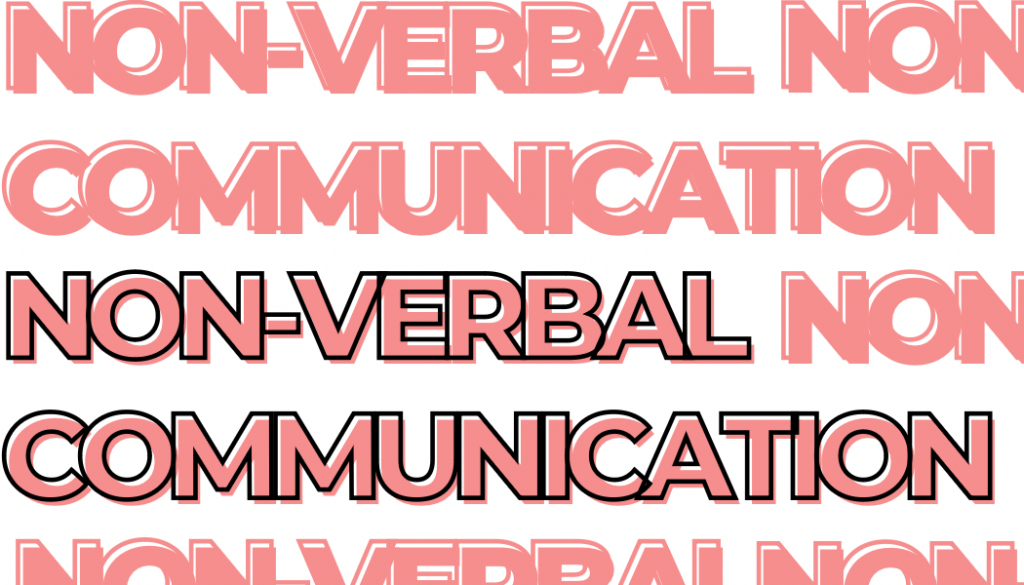
Our non-verbal communication experiment marks the initial step towards understanding the efficacy and potential limitations of gestures as a medium for effective communication. We aimed to explore the extent to which non-verbal cues can bridge communication gaps across individuals with different linguistic and cultural backgrounds. Key questions include identifying the limitations of non-verbal communication and evaluating whether it enhances interaction among diverse groups.
In this experiment, participants attempted to communicate using gestures while their mouths were taped shut, indicating the absence of verbal interaction. We observed that while some individuals tried to comprehend and reciprocate using gestures, the effectiveness of this communication varied significantly. Notably, the meaning of specific gestures often differed based on the participants’ native languages and cultural contexts, highlighting a key limitation.
This experiment has initiated our exploration into the intricacies of body language. Future steps to improve the effectiveness of non-verbal communication could include developing a standardized set of gestures with universally understood meanings and increasing awareness of cultural differences in body language. By refining these techniques, we aim to enhance our understanding and application of non-verbal communication across diverse populations.

